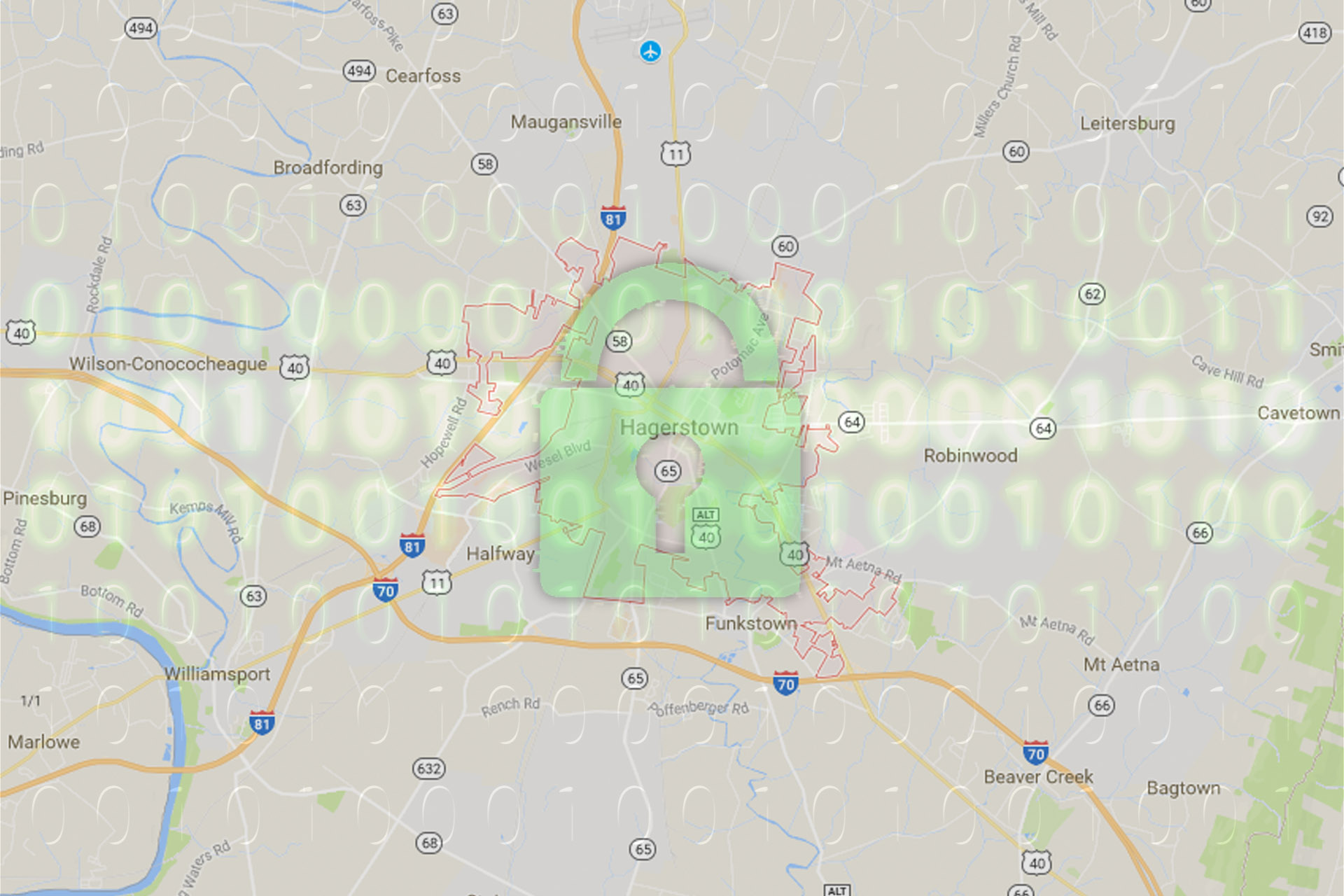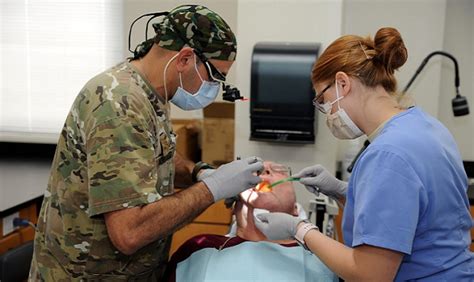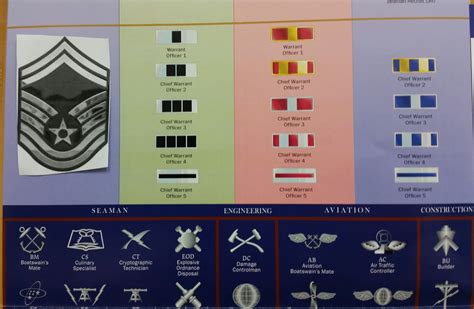Democratic Primary Process
Introduction to the Democratic Primary Process
The Democratic primary process is a crucial part of the United States’ electoral system, allowing citizens to choose their preferred candidate for the presidency. This process is essential in determining which candidate will represent the Democratic Party in the general election. The primary process involves a series of elections and caucuses held in each state, where voters cast their ballots for their preferred candidate. In this article, we will delve into the intricacies of the Democratic primary process, exploring its history, rules, and significance.History of the Democratic Primary Process
The Democratic primary process has undergone significant changes over the years. Initially, the party’s nominee was chosen by party leaders and delegates at the national convention. However, in the 1970s, the party introduced reforms to increase voter participation and make the process more democratic. Today, the primary process is a key component of the presidential election cycle, with candidates competing in state-by-state elections to win delegates who will support them at the national convention.Key Components of the Democratic Primary Process
The Democratic primary process consists of several key components: * State primaries and caucuses: These are elections held in each state, where voters cast their ballots for their preferred candidate. The winner of each state’s primary or caucus is awarded a certain number of delegates, who will support them at the national convention. * Delegates: Delegates are party representatives who attend the national convention and cast their votes for the party’s nominee. There are two types of delegates: pledged delegates, who are bound to support a specific candidate, and superdelegates, who are party leaders and elected officials who can vote their conscience. * National convention: The national convention is the culmination of the primary process, where delegates from each state gather to formally nominate the party’s candidate.How the Democratic Primary Process Works
The Democratic primary process typically begins in February or March of a presidential election year and lasts for several months. Here’s a step-by-step overview of how it works: * Candidate filings: Candidates who wish to run for the presidency must file their candidacies with the Federal Election Commission (FEC) and meet the eligibility requirements set by the Democratic Party. * State primaries and caucuses: Each state holds its primary or caucus, where voters cast their ballots for their preferred candidate. The winner of each state’s primary or caucus is awarded a certain number of delegates. * Delegate allocation: Delegates are allocated to each candidate based on their performance in each state’s primary or caucus. The number of delegates awarded to each candidate varies by state, with some states awarding delegates proportionally and others using a winner-takes-all system. * National convention: The national convention is held in late summer, where delegates from each state gather to formally nominate the party’s candidate. If a candidate has secured a majority of the delegates, they will be nominated as the party’s candidate. If no candidate has a majority, the convention may enter into multiple rounds of voting, with delegates free to switch their support to other candidates.Importance of the Democratic Primary Process
The Democratic primary process is essential in determining which candidate will represent the party in the general election. It provides an opportunity for voters to participate in the selection of their preferred candidate and ensures that the party’s nominee is chosen through a democratic process. The primary process also allows candidates to test their messages, build their campaigns, and demonstrate their viability as a potential president.📝 Note: The Democratic primary process can be complex and may vary from state to state. It's essential for voters to understand the rules and procedures in their state to participate effectively in the process.
Challenges Facing the Democratic Primary Process
The Democratic primary process faces several challenges, including: * Voter suppression: Some states have implemented voter suppression laws, which can limit access to the ballot and disenfranchise certain groups of voters. * Campaign finance: The primary process can be expensive, with candidates needing to raise significant amounts of money to compete effectively. * Delegate allocation: The delegate allocation process can be complex and may favor certain candidates over others.Reforms to the Democratic Primary Process
There have been several proposals to reform the Democratic primary process, including: * National primary: Some have proposed a national primary, where all states would hold their primaries on the same day. * Proportional delegate allocation: Others have proposed allocating delegates proportionally, rather than using a winner-takes-all system. * Voter access: There have been efforts to increase voter access, including expanding early voting, mail-in voting, and online registration.Conclusion
In summary, the Democratic primary process is a critical component of the United States’ electoral system, allowing citizens to choose their preferred candidate for the presidency. While the process can be complex and challenging, it provides an opportunity for voters to participate in the selection of their preferred candidate and ensures that the party’s nominee is chosen through a democratic process. As the party continues to evolve and grow, it’s essential to address the challenges facing the primary process and implement reforms to increase voter access and participation.What is the purpose of the Democratic primary process?
+The purpose of the Democratic primary process is to allow citizens to choose their preferred candidate for the presidency and to determine which candidate will represent the Democratic Party in the general election.
How do delegates work in the Democratic primary process?
+Delegates are party representatives who attend the national convention and cast their votes for the party’s nominee. There are two types of delegates: pledged delegates, who are bound to support a specific candidate, and superdelegates, who are party leaders and elected officials who can vote their conscience.
What are some challenges facing the Democratic primary process?
+The Democratic primary process faces several challenges, including voter suppression, campaign finance, and delegate allocation. These challenges can limit access to the ballot, favor certain candidates over others, and undermine the democratic nature of the process.



